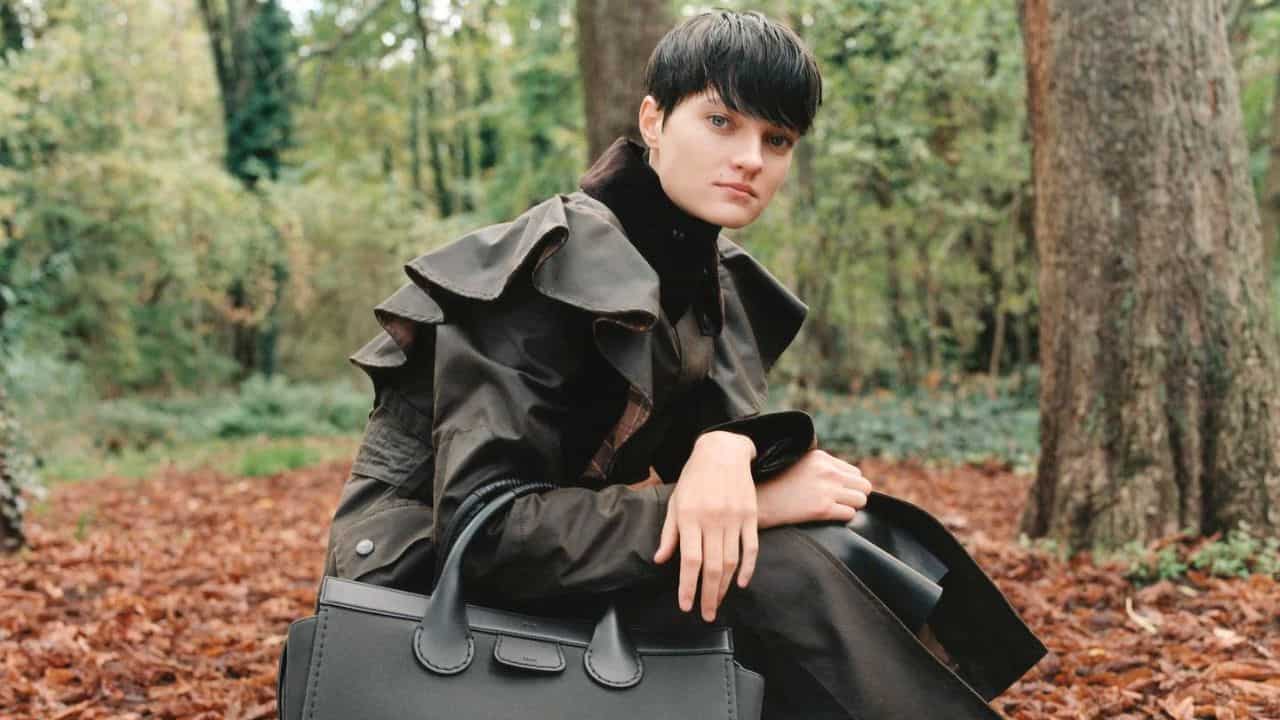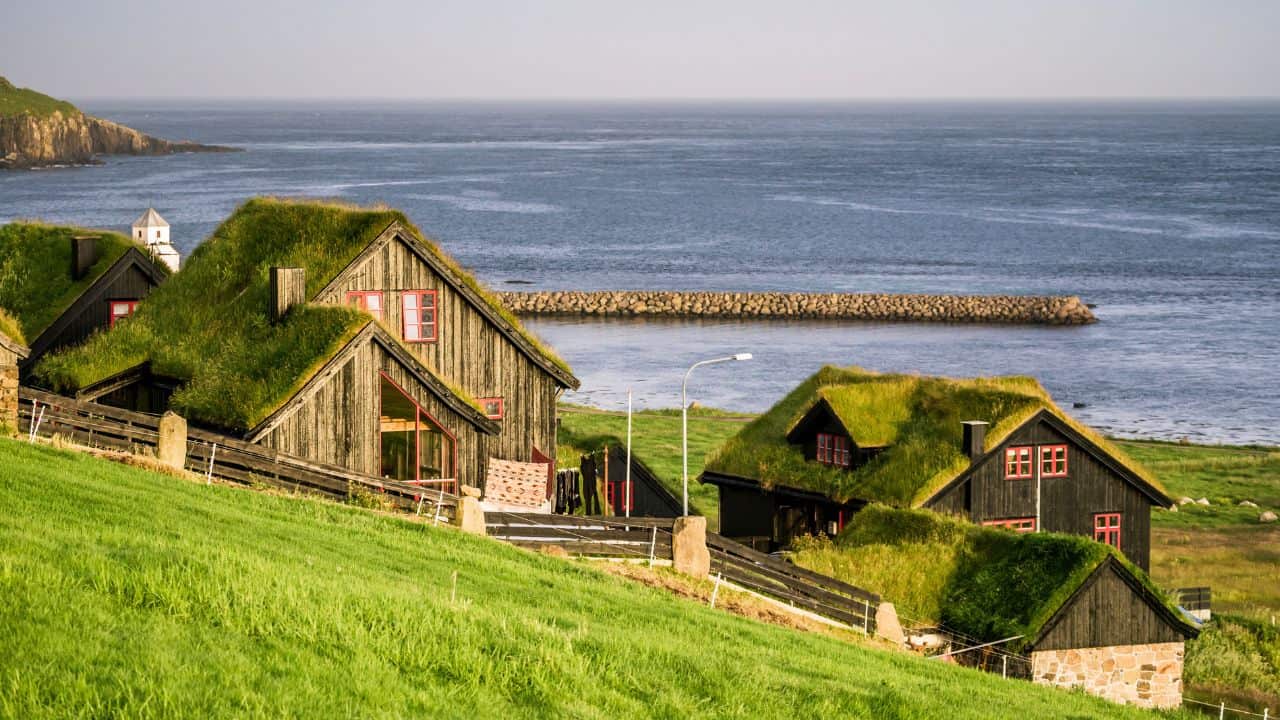Anyone who has been lucky enough to visit truly wild places and see wildlife in its natural habitat will know that there is simply nothing better. Spending time in places like the Serengeti National Park, Tanzania or Corcovado National Park or in Costa Rica is so raw. It’s like a glimpse into the “real” world, a world where real things happen without the complications of made-up and fictitious human constructs.

Spending time in truly wild places is a thrilling privilege
If you’ve been fortunate enough to have spent a fair bit of time in wild places, you’ll know that these trips have a bit of everything. There’s the challenge of spotting wild creatures living free, the excitement of seeing something extraordinary and the thrill of being so close to wild predators (but still safe). There’s also, of course, the total relaxation of mid-day snoozes and evening recollections of the day’s events over a sundowner….
Sometimes all these things even happen at the same time!
Sadly though, not all wildlife experiences are like this. Many wildlife facilities around the world exist solely for human entertainment. These facilities remove animals from their natural habitats or breed them in captivity. The worst facilities force animals to perform for human crowds (often through physical or emotional torture) and some even provide canned hunting experiences (breeding animals to be shot and killed by tourists in a confined space).

The Ethical Wildlife ‘where’.
The first thing to consider when planning a wildlife experience is where you’re going to go and the types of facilities or destinations available.
While there are no doubt some exceptions to this rule, in our experience, the best and most ethical wildlife experiences are in National Parks.
National Parks offer the most ethical Wildlife experiences
National Parks are typically wide open expanses of land that have been preserved to be exactly as nature intended. Of course, in most of the National Parks we’ve seen, there is some human interference. This might take the form of fenced off areas for accommodation, roads/pathways, planned burns to prevent wildfires, control invasive species or ecosystem imbalances and so on. Still, relative to other accessible wildlife facilities, National Parks have been largely unaltered by humans and the space is intended to exist exactly as it would have 10,000 years ago. Animals roam free and do not show up “on demand” for human entertainment.

The unknown makes the experience more exciting
While some struggle with the idea of driving around a National Park for a day and not having a guaranteed sighting of a particular animal, to us this is one of the most exciting parts of a wildlife experience:you never know what you’re going to see. And sometimes, the most thrilling parts of the experience have nothing to do with the animal you were hoping to see.
For some incredible examples of this and for some inspiration, we’d recommend reading 101 Kruger Tales : Extraordinary stories from ordinary visitors to the Kruger National Park.
Visiting National Parks helps conservation and preservation
National Parks are in many cases our last wild places and protect much of the planet’s remaining endangered species. In many countries, wildlife trafficking is an attractive source of income and without tourist dollars and international support, National Parks simply wouldn’t survive.
So for us, visiting and supporting National Parks is one of the best ways to contribute to conservation and preservation. For further insight, check out Virunga (on Netflix), an excellent film that touches on these issues.

Learn about animals at rehabilitation centres
When travelling, rehabilitation and conservation centres are also a good option and can be a great way to learn about various animal species. There are some excellent centres around the world that truly care about the rehabilitation of the animals they take in.
However, be cautious. There are establishments that claim to be rehabilitation centres, where very little rehabilitation actually occurs. These facilities are simply captive wildlife viewing centres. If you do decide to visit a rehabilitation centre, read any negative reviews beforehand and look out for evidence of actual wildlife release programs on the organisation’s website or socials.

Avoid captive wildlife facilities
Unfortunately, there is a huge list of places to avoid. In general, we would recommend avoiding any captive facilities and any facilities where wild animals perform or pose for selfies with humans.
We interviewed Aaron ‘Bertie’ Gekoski, an award-winning environmental photojournalist who has been working to expose human-animal conflict for over a decade. He shared some pretty horrendous findings with us from his most recent project, which focuses on wildlife tourism. He has been instrumental in building a platform for reporting and searching for facilities that have concerning wildlife practices. The platform is called Raise the Red Flag and has an excellent interactive map to help you avoid questionable or downright unethical tourist destinations.

‘How’ to experience wildlife ethically
Once you’re on your adventure in one of these wild and wonderful places. There are a few things to keep in mind:
Picking the right guide
A guide can make or break an experience, so doing your research beforehand and visiting wild places with reputable and ethical providers is important. We typically look for providers that really care about the environment they’re operating in. We would recommend reading reviews and browsing websites for indications of wildlife knowledge, passion for the wild and evidence of ethical or sustainability policies.
For example, we travelled in the Peruvian Amazon with Peru Eco Expeditions (owned and operated by a wonderful couple passionate about sustainability) and the Costa Rican Jungles with Oropopo Experience (owned and operated by two biologists who care deeply about supporting local communities).

Patience is key
Not only should you expect the unexpected when you are wildlife watching, but you should expect to wait, watch… and wait some more. Whilst visiting Yellowstone National Park, we were very lucky to spend time with George and Jenny Bumann from A Yellowstone Life. They taught us to pay attention to the little things. Using this technique helped us spot the most beautiful leopard in Namibia. All it took was noticing a change in bird behaviour, and it was exceptionally satisfying!
Patience also matters if you’re with a guide, since some of the best sightings we’ve had are when the guide doesn’t feel pressure to deliver.
Have respect for the wild
There have been numerous cases of tourists inappropriately engaging with wildlife, and these interactions often don’t end well for the tourists or for the animals. The rules in national parks are there for a reason. The most common rules we’ve seen include:
- Never feed the birds or animals (it’s not good for them and can make them aggressive)
- Never get out of your car in a safari park with predators around
- Never touch the animals
But there are other more nuanced ‘rules of nature’ that might not be spelled out to tourists, even though they probably should be. For example, if an animal looks distressed or uncomfortable (flapping ears, stomping, scratching at the dirt, etc.), get out of there and don’t be a contributor to further stress.
Leave only footprints
Cliché? Yes, but it is so important. Littering (including cigarette butts) is bad enough in cities but in the wilderness it can be catastrophic for wild animals and birds, who often mistake trash for food.

Recommended ethical wildlife experiences
‘Can you recommend any incredible experiences in the wild?’ we hear you wonder. So glad you asked!
Our absolute favourite experiences include:
1. Mountain Gorillas in Volcanoes National Park, Rwanda
Hiking for many hours to spend 1 precious hour with these endangered Gorillas was a ‘bucket list’ experience for us. It is very expensive (and has doubled since we visited) but we think this is quite a smart way for Rwanda to prevent over-tourism, while still growing their conservation programs (which are funded in part by tourists). These programs have been one of the few success stories. Mountain Gorilla Populations have actually increased from 642 individuals in 1989 to 1,004 individuals today.

Etosha National Park in Namibia
The famous Etosha National Park is a wonderful place to self-drive and relax while watching the action unfold around the waterhole. It is especially beautiful in the early morning and as the sun is setting. Relative to other wildlife experiences, this is pretty cost effective too!
Rewilding Experiences in Europe
Did you know that Europe is rewilding? European Safari Company offers exceptional and authentic wildlife experiences just hours from the cultural delights of Europe. From wild wolves in Italy, vultures and wild horses in Portugal to beautiful brown bears in Slovenia, Europe has some pretty epic things to offer. What’s great about these experiences is that they are brining tourism to areas that really need it!

Tortuguero in Costa Rica
Torguguero is a small village on the Caribbean side of Costa Rica, perfectly positioned with an ocean on one side and the Tortuguero River on the other. It is famous for sustainably managing turtle populations and for the incredible wildlife you can see from canoes or boats up and down the river. We visited with Oropopo Experience and kept a keen eye out for the illusive Jaguar!
Respect and patience = an ethical wildlife experience
Wherever you choose to visit and “rewild”, even if it is your backyard or local park, remember that respect and patience are key companions for any wildlife experience. If you see any treatment of wild animals on your travels that makes you feel uncomfortable, take the time to write a review and Raise the Red Flag. Oh, and don’t forget to take the time to embrace your inner David Attenborough – enjoy the moment and appreciate how splendid and magnificent the creatures of this planet are!

A bit about Sustainable Jungle
We are Sustainable Jungle, aka Joy and Lyall. Sustainable Jungle is a platform that encourages & galvanises positive change. We share sustainability related ideas, hacks, brands and stories about those doing meaningful work. This article refers mostly to the adventures we had on a 6 month journey around the globe, to learn from and interview inspiring people changing the world for the better.
As animal-lovers and keen travellers, we want to raise awareness, encourage respectful, ethical experiences in wild places that support preservation, and share what we’ve learnt from speaking to some incredible people on this issue.

After a wild experience a little closer to home?
Try going wild camping in Scotland (and see the Northern Lights!)
Discover Wild Britain: Not just a walk in the woods
Want to make sure all your holidays are eco?
Here’s a 5 minute guide on how to travel without using single use plastic










